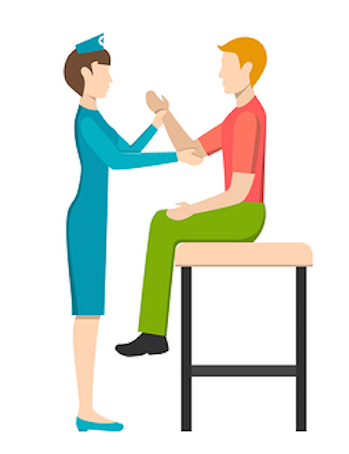Manual Therapy

Manual therapy is an advanced level of physical therapy training that includes skilled, specific hands-on techniques to diagnose and treat soft tissues and joint structues. Expected outcomes may include managing pain, increasing range of motion, reducing muscle guarding/tension, eliminating joint inflammation, increasing joint mobility, improving joint stability, and restoring normal movement patterns. Manual therapy is most effective when combined with therapeutic exercise and other rehabilitative activities.
Once pain has been reduced and joint mobility improved, it is much easier for a patient to regain optimal and efficient movement patterns and restore maximum function. Mobilization and exercise are key components of manual therapy and consist of skilled, passive movements to joints and associated soft-tissue structures. Mobilization involves small amplitude, non-thrusting, oscillatory movements imparted to the patient by the therapist. Other hands-on procedures such as massage, stretching, and deep pressure are components of manual therapy.
Who will benefit?
Individuals with a variety of disabilities and orthopedic conditions that result in disorders of the moving parts of the body can benefit from manual physical therapy. In fact, there is high-quality research evidence supporting the use of manual physical therapy in the following conditions: acute and chronic low-back and neck pain, muscle-tension headaches, hip and knee osteoarthritis, and shoulder pain. In many cases, manual therapy combined with therapeutic exercise can produce rapid pain relief and improvement in function.
Copyright © 2017 PhysioCare – All Rights Reserved. Privacy Policy | Terms Of Use
